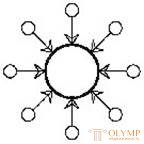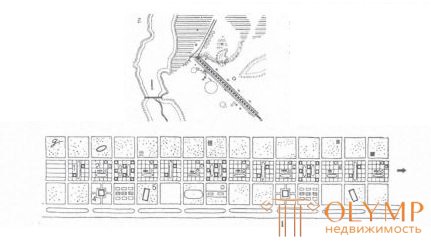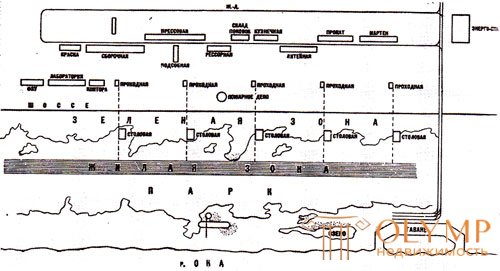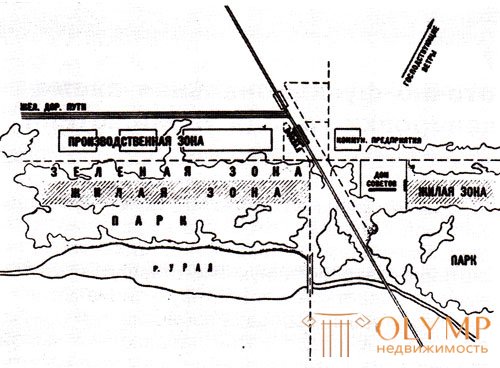
Definition : a city is a relatively large settlement with a variety of socio-economic functions, with a high population density occupied in non-agricultural spheres of activity.
Classification of settlements:
By population:
- small - up to 50 thousand people.
- medium - 50-100
- large - 100-250
- large - 250-500
- the largest - more than 500
By administrative value:
- capital
- centers of subjects of the Russian Federation
- local centers
According to the national economic profile:
- industrial
- resort
- transport
- scientific
- multiprofile
There are also classifications on the climatic factor, on the time of occurrence, on the growth rate, etc.
Definition: urbanization - the process of spatial concentration of the population in cities, accompanied by the spread of urban lifestyles.
Urbanization is accompanied by : - growth of economic and scientific potential;
- changes in the professional structure of society;
- the growing needs of society;
- the development of large spaces;
- growth of environmental problems, etc.

Fig. four
The essence of the urbanization process is the movement of the population and its concentration in the centers of settlement (Fig. 4). Urbanization is characterized by the influx of the rural population into the city and the growing pendulum movement of the population from the rural environment and small nearby cities to large cities (for work, for cultural and everyday needs, etc.).
There are two types of population migrations:
1) Pendulum migration - movement of population from a suburb to a city (to work or study) and back.
2) irrevocable migration - the resettlement of people in larger settlements (from the village to the city). This process for an individual family can take a long time and takes place over several generations.
In a narrow sense, the process of urbanization is a mechanical increase in the population of cities, the concentration of the population. The process opposite to urbanization is de-urbanization (deconcentration of the population).
In a broad sense, the process of urbanization is a process of lifestyle change, familiarizing a person with the urban lifestyle. The concept of urban lifestyle includes many aspects of human life and the human community, the principle and key is the nature of employment (for a citizen - in non-agricultural areas of activity).
False urbanization - the concentration of the population in the city without changing its lifestyle.
Urban lifestyle can extend beyond urban space. With this process is associated with the process of suburbanization.
Definition: suburbanization is the process of decompression of overcrowded urban centers and the resettlement of citizens in the suburban areas of a large city (Fig. 5).

Fig. five
There is also the concept of seasonal suburbanization - the process associated with the summer relocation of citizens to the suburbs. People living in the suburbs are called suburbanites .
The reasons for the emergence of suburbanization are uncomfortable living conditions in major cities, the development of transport systems, the growth of the level of motorization and mobility of the population.
___________________________________________________________________________ In the 1920s – 30s. In the USSR, a controversy arose between Soviet city planners: "What should a socialist city be like?" The controversy took place against the backdrop of criticism of the "capitalist" city and the construction of a new type of society.
At this time, two concepts of the future socialist city (socialist settlement) were formulated:
1. Urbanism: the settlement system consists of cities of 30-170 thousand people, each of which is formed on the basis of a large industrial enterprise.
2. Desurbanism: the concept of a city will disappear, the settlement system is solid network-like structures, the boundaries between the city and the village are erased (the concept of linear cities is shown in Fig. 6.7).

Fig. 6. Project Magnitogorye. An example of "deurbanized" linear settlement. 1929 - 1930 OCA Brigade (leader I. Leonidov), 1930

Fig. 7. N. Milutin, linear-belt city of parallel structure. 1930s
N. Milutin. Flow-functional layout of the city. 1930. Settlement at the Nizhny Novgorod Automobile Plant

N. Milutin. Flow-functional layout of the city. 1930. Using a scheme for planning specific settlements. Magnitogorsk
Что бы оставить комментарий войдите
Комментарии (0)